Continued from Part 1, Part 2 and Part 3
We've met Ishan and Elyza, the Singapore Management University undergrads who teamed up with LASALLE College of the Arts students in #Thirsty4Change to explore design interventions for a more sustainable bubble tea culture. During this cross-disciplinary collaboration between the Lien Centre for Social Innovation at SMU and LASALLE College of the Arts, the students across both institutions attended workshops on data collection, coding and data visualisation, and reimagined how bubble tea can be made and enjoyed at a lower cost to the environment. Last week, Ishan and Elyza recapped their big bubble tea brainstorm, and today they recount their experience at their final design workshop.
Tell us more about your final workshop.
Elyza: Our instructor Andreas (Schlegel) had told us to expect a hands-on session involving electronics and Arduino boards, so both Ishan and I were pretty excited, going in.
Ishan: It was amazing to work with Arduino boards, which are microcontrollers that are designed to run a specific programme or task. They come with a software which you can download onto your laptop and write code on. The code can then be uploaded to the Arduino board, essentially giving it instructions to perform a certain task such as turning on a light or making it blink. The idea behind the activity was to show us how code can interact and manipulate the physical world.
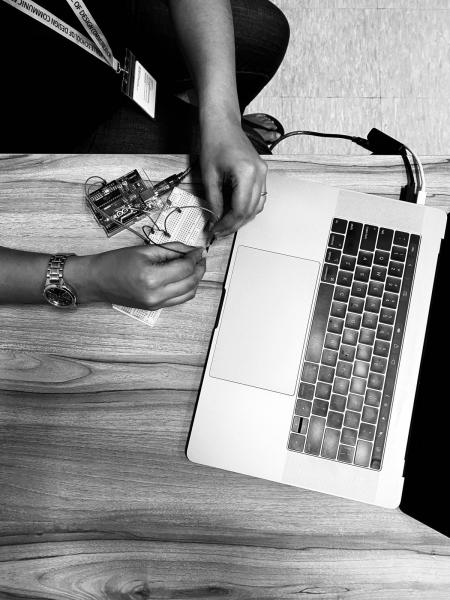
How did you find the experience of working with electronics in this way?
Elyza: Besides being a lot of fun, it was very intriguing to see how different components could be controlled by the letters and numbers we were typing in and appearing on our screens. Back in primary and secondary school, I remember taking lessons involving electronics, but none of them required the use of code. This workshop improved my understanding of how coding plays a part in our daily lives. Prior to this, I'd not known that code played such an important role in electronic installations such as billboards and signals.
Ishan: It was a really cool experience, and definitely not something I knew much about in the past. Our instructor Andreas also tested us with an interesting activity, where Elyza and I had to come up with a way to turn on an LED light without touching the switch with our hands.
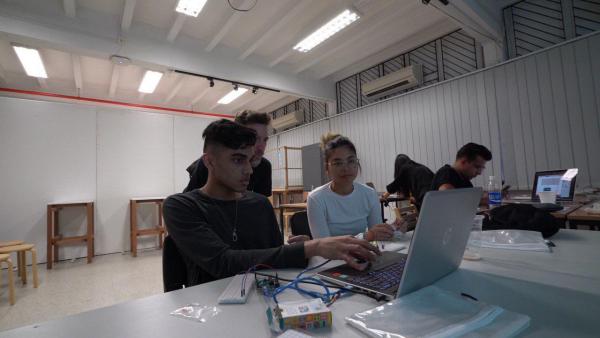
How did that go? Were you successful?
Elyza: We used a few random things lying around the workshop, including bolts, metal plates, an adjustable stool, a stapler, and electrical components like crocodile clips. We then created a contraption that would turn the light on indirectly when we lowered the stool’s height. It’d trigger a reaction where the stool pressed down on a stapler which was connected to some of the other metallic components. This would complete the circuit and the LED would light up. It was a pretty complicated endeavour, but overall I’d say that we were successful!
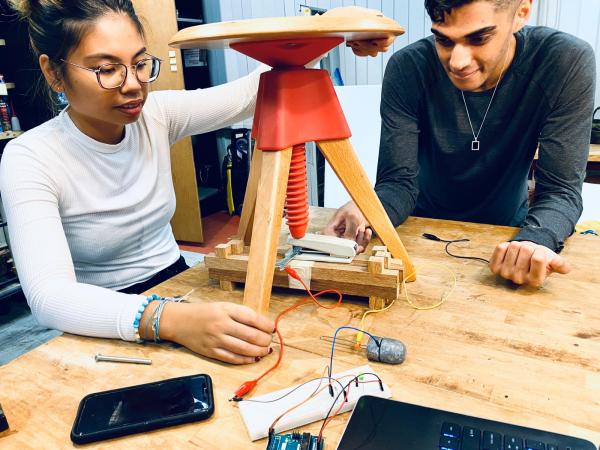
Did the exercise provide any inspiration for the design of your own project?
Elyza: It absolutely did. In my design, different parts are communicating with one another to create the visual experience for my audience. In the last interview, I talked about my idea to create a model of a bubble tea cup filling up with liquid—to represent the pace at which the Semakau Island landfill is reaching its maximum waste capacity. For this, I wanted to harvest real-time data from a bubble tea shop's POS system as the input for the rate at which the model would fill up. The final workshop was thus very useful in helping me to visualise my idea more clearly.
Ishan: At that point, I was still unsure as to how I wanted to visualise the data I had collected. There were a couple of different ideas I was playing around with but I knew I was still missing something. However, the activities in this final workshop gave me a fresh perspective which eventually helped me come up with my final design idea—to create a piece of art that represented the workings of bubble tea shops.
Please give us sneak peeks of your individual design ideas and tell us how you plan to build on them.
Ishan: My design idea, which I called "The Anatomy of a Bubble Tea Shop", is a visual display depicting the daily proceedings at a bubble tea store. With this art piece, I hope to both captivate the audience as well as invite them into deeper conversations around how we can infuse more sustainability into bubble tea culture.
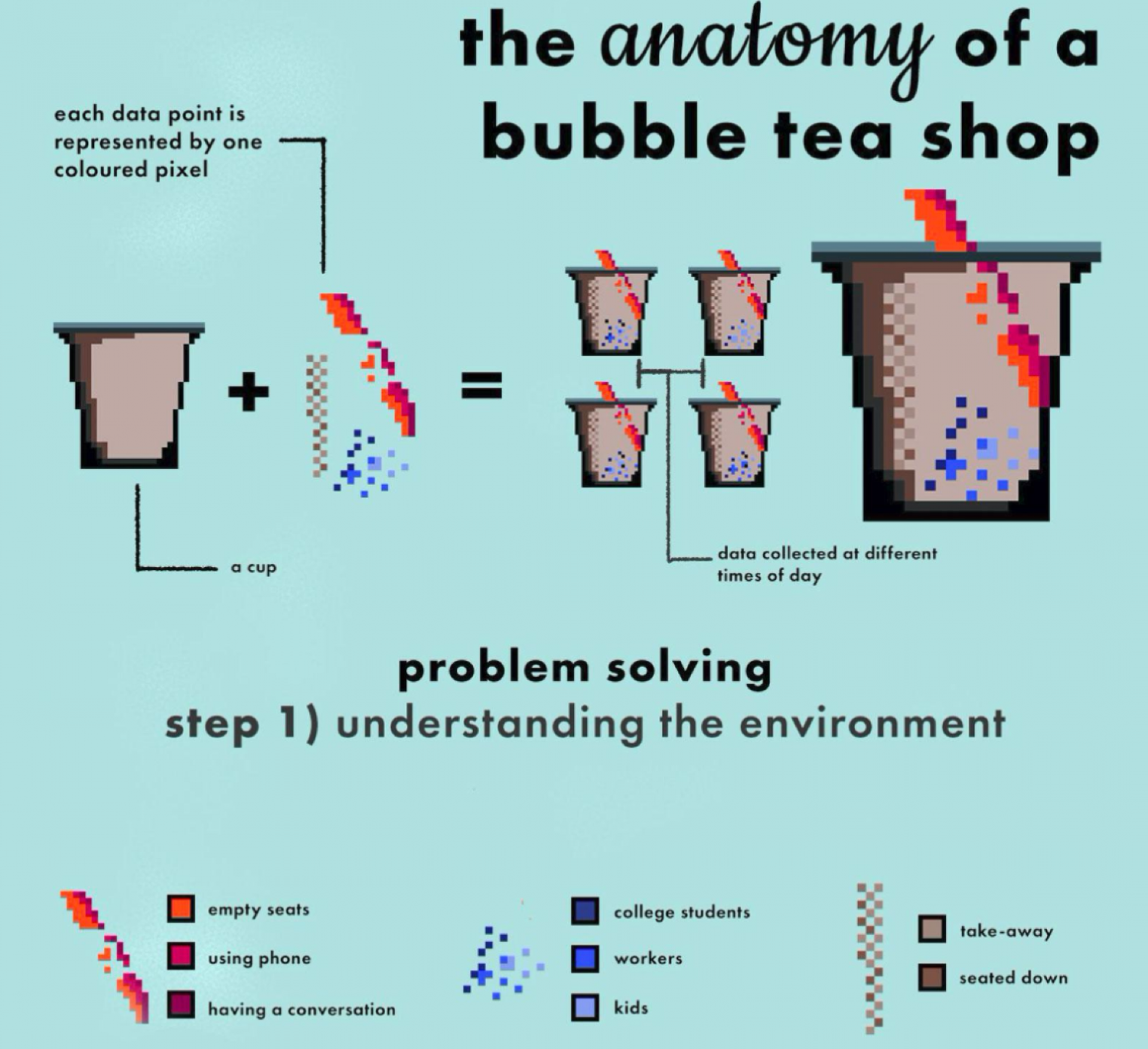
Elyza: As shown below, my design idea involves building a physical model to represent how quickly the Semakau Island landfill would reach capacity if people in Singapore continued to contribute waste from single-use items. There will also be a contrasting representation to show the much slower rate if we switched to using reusable bottles, straws and carriers instead.
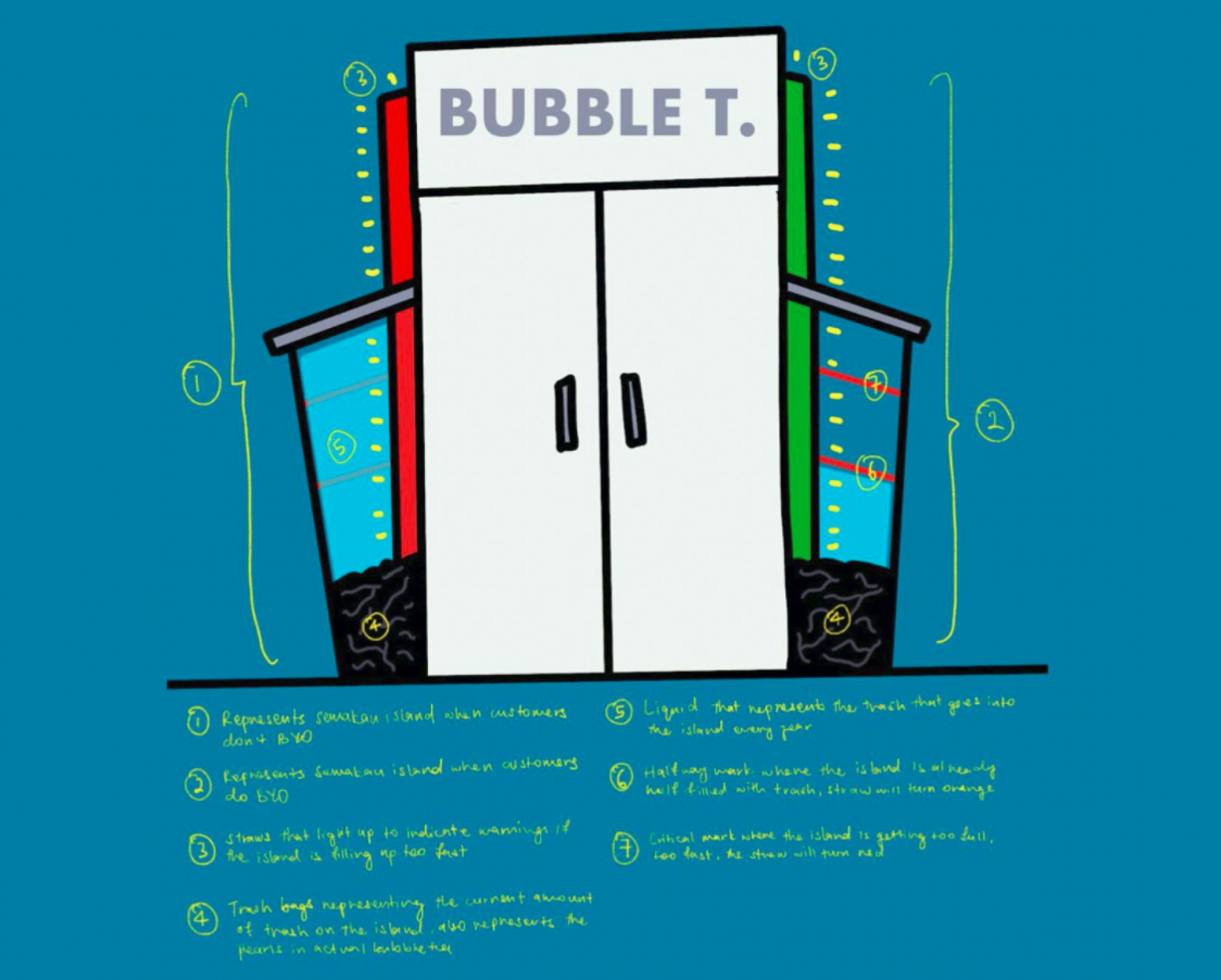
Ishan: The COVID-19 pandemic brought about some setbacks to our initial plans of building upon our designs. At the moment, Elyza and I are working to combine our ideas and create a virtual exhibition of sorts in order to drive our message about sustainability. We'll also keep spreading awareness to heighten social consciousness around the issue, as we believe that socially conscious individuals can together take action to bring about collective change.
Elyza: Working alone on a huge problem is akin to walking forward on a travelator that's going in the opposite direction, and ending up nowhere. But by brainstorming and putting forth our collective efforts, especially across different disciplines and areas of expertise, we stand a much better chance at paving the way towards sustainable solutions.
In your view, what would it take to create sustainable solutions?
Elyza: Active participation across all sectors and areas of life. Making sustainable choices can seem like a lifestyle that's only accessible to those with privilege, but actually everyone can do their part, however small. For example, a simple act like bringing our own reusables can ripple out and have larger impact. It is not expensive to BYOB (Bring Your Own Bottle), and you can get really creative, too—I know of people who use empty pasta jars as bubble-tea containers!
And while we do our part at the individual level, we also need to start holding corporations and decision-makers accountable for their impact on systems and behaviours. As consumers, we can each exercise our right not to support businesses with unsustainable and harmful policies and practices. To quote author L.N. Smith, “Every dollar you spend is a vote you cast for the world you want.”
Ishan: Together we can make it to the end of this backward-moving travelator.
Banner: Coffee vector created by pch.vector - www.freepik.com. Photo of bubble tea drink courtesy of Ginny Hwang. All other images by Ishan Singh, Elyza Carbajal and Omar Faruq Raed Bham.

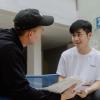


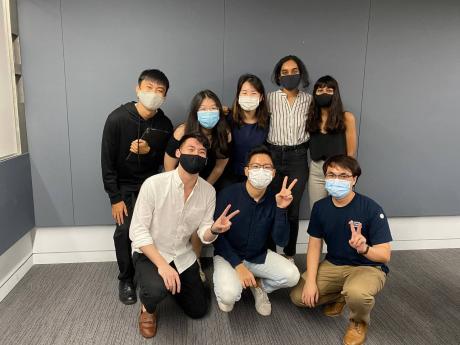
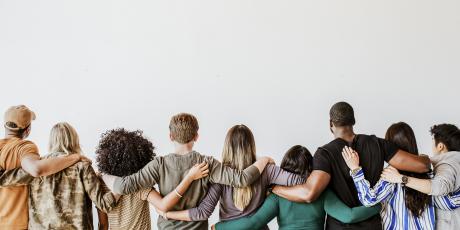
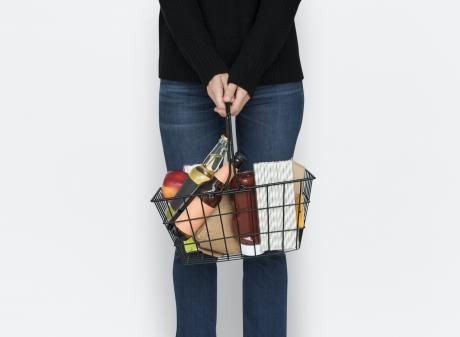
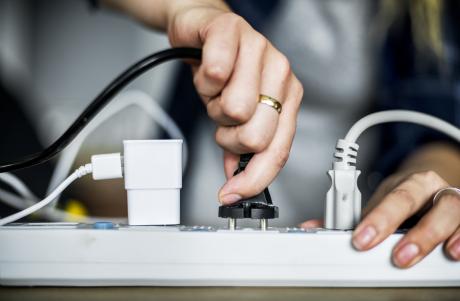
Comments